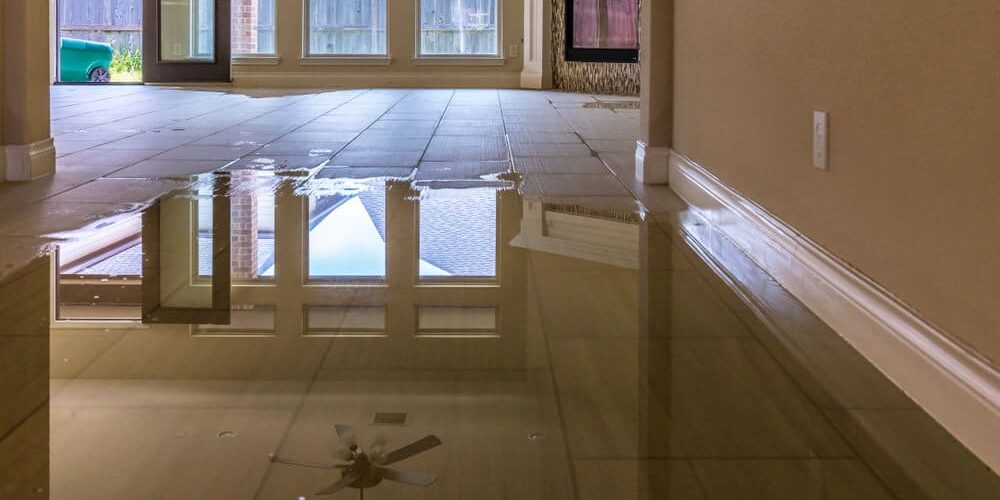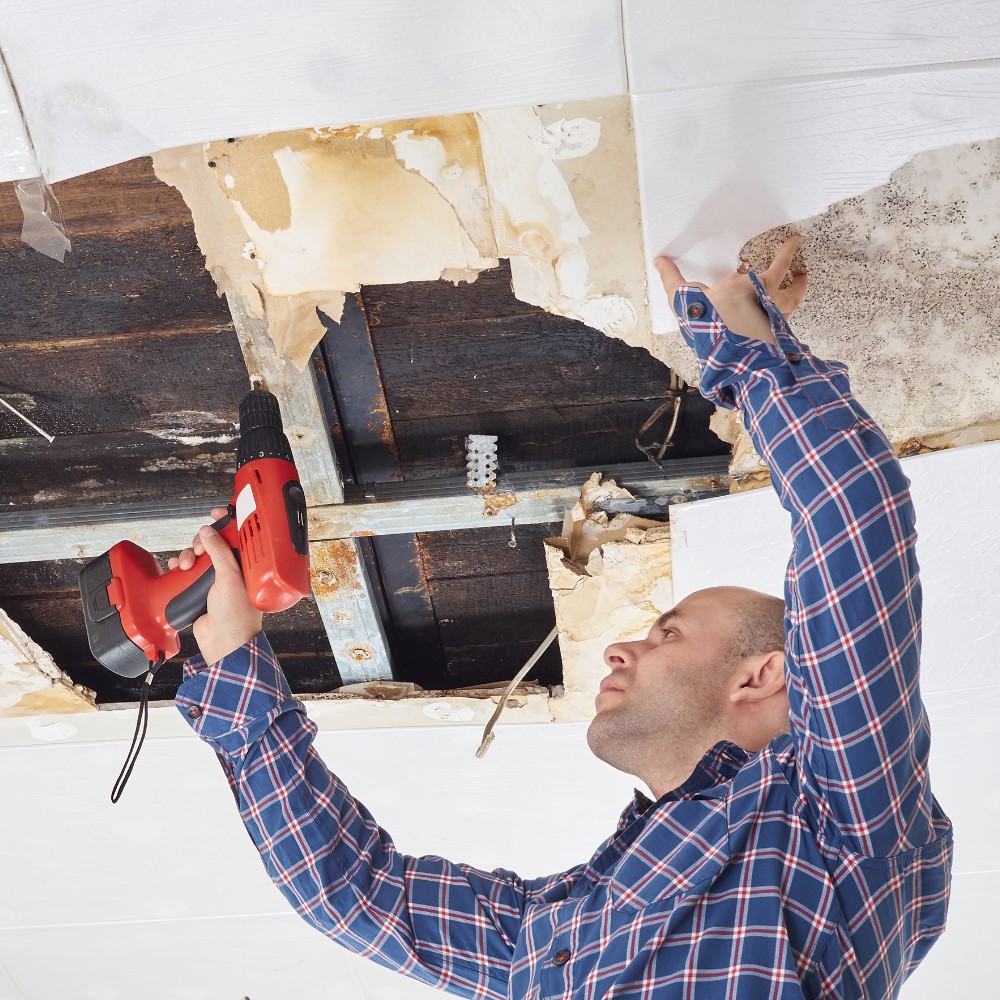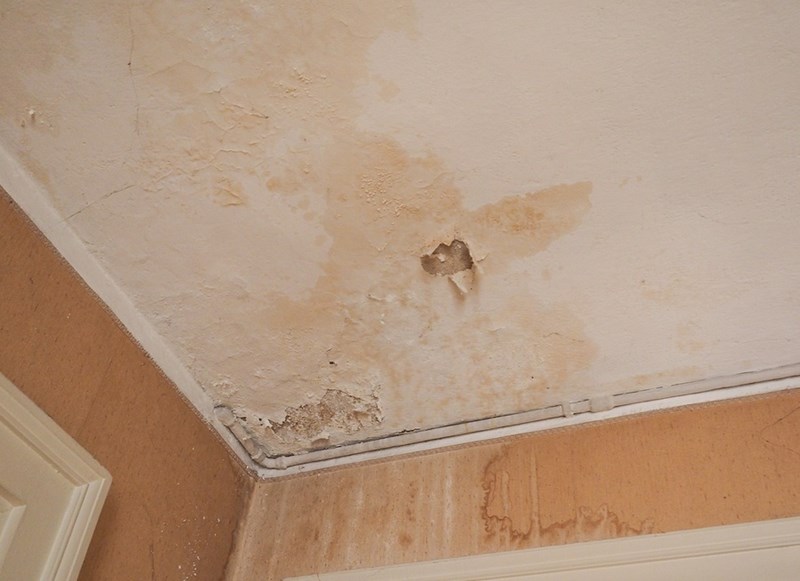The Process of Water Damages Clean-up: Guaranteeing Your Home Is Restored Properly
Water damages can be a complicated challenge for house owners, demanding a precise and structured cleanup process to restore security and functionality. damage restoration services. Following this, efficient water extraction techniques play a critical role in mitigating more harm.
Examining the Damage
Upon discovering water damage, the initial step is to thoroughly assess the degree of the impact. This first analysis is vital, as it assists identify the needed steps for effective clean-up and reconstruction. Begin by checking the influenced areas, consisting of walls, ceilings, floorings, and individual possessions, to determine the source of the water breach, whether from flooding, leaks, or condensation.
Documenting the damages is crucial for both insurance coverage cases and planning restoration initiatives - damage restoration services. Usage photos and created notes to record the extent of the damages, keeping in mind any kind of affected structural elements and products. Pay unique interest to locations that might not be quickly noticeable, such as behind wall surfaces and under carpetings, as hidden moisture can result in additional complications, including mold growth
Furthermore, assess the timeline of the water exposure. The longer the materials continue to be damp, the better the capacity for damages. Comprehending the duration of direct exposure will notify the seriousness of remediation efforts. Ultimately, an extensive assessment lays the foundation for a successful water damage cleanup procedure, ensuring that all impacted locations are attended to properly and completely.
Water Removal Techniques

Experts usually employ completely submersible pumps for larger quantities of water, which can swiftly ease flooding in basements or various other impacted areas. For smaller sized amounts, wet/dry vacuums are commonly used to remove residual dampness from carpets and difficult surfaces. Additionally, making use of mobile extractors enables targeted removal in restricted areas or locations with fragile materials.
In instances of polluted water, such as sewage or floodwater, progressed removal strategies might involve making use of biohazard tools to make certain security and compliance with health policies. High-powered removal tools are critical in minimizing water retention in architectural products, which can cause mold growth and structural degeneration if not attended to immediately.
Ultimately, the performance of water removal methods plays an essential duty in the total success of the water damages cleanup process, laying the groundwork for succeeding reconstruction initiatives.
Drying and Dehumidification
As soon as standing water has actually been successfully drawn out, the next essential phase in the water damage clean-up procedure is drying and dehumidification. This step is important to prevent more damages and mold development, which can occur within 24 to 2 days in moist settings.
To attain reliable drying, customized devices such as industrial-grade air moving companies and dehumidifiers is used. Air movers flow air throughout damp surfaces, boosting evaporation rates, while dehumidifiers decrease humidity degrees airborne, promoting a conducive setting for drying out. The combination of these devices guarantees that dampness is drawn out from furnishings, floors, and walls, allowing them to completely dry thoroughly.
It is essential to monitor the drying out process closely. Experts frequently utilize wetness meters to analyze the dampness material in different products, making sure that all impacted locations reach acceptable dry skin levels. This careful approach helps to stop covert wetness pockets that could cause architectural damages or unhealthy mold and mildew growth.

Cleaning and Sanitizing
After the drying and dehumidification phase is full, the next important action in water damages cleanup is cleaning up and sterilizing the impacted locations. This procedure is important to avoid the growth of mold, microorganisms, and various other microorganisms that grow in moist environments.
The cleaning stage commonly involves removing any particles, dirt, and contaminants from surface areas utilizing specialized cleansing agents. For difficult surfaces, a combination of soap and water or industrial cleansing items is often utilized. Soft products, such as furniture and carpets, might require a lot more comprehensive cleansing methods, consisting of heavy steam cleansing or deep removal techniques, to make certain thorough cleanliness.

Disinfecting follows cleaning, utilizing EPA-approved disinfectants to remove harmful microorganisms. This step is necessary, especially in locations that might have entered call with floodwaters or sewer, as these resources can position serious health and wellness dangers.
In addition, it is very important to attend to any kind of remaining odors, which might require the use of odor neutralizers or advanced techniques like ozone treatment. Proper cleaning and sanitizing not just restore the security and health of your home but also lay the groundwork for successful repair and fixings in succeeding stages of the water damage clean-up procedure.
Reconstruction and Repair Services

Once the analysis is full, restoration initiatives can begin. This usually entails fixing or replacing broken materials, making certain that all job conforms with regional building regulations and standards. If drywall has been compromised, it will need to be eliminated and changed with brand-new material. In addition, floor covering may does homeowners insurance cover water damage leaking plumbing need similar focus, depending on the degree of water direct exposure.
It is important to involve knowledgeable reconstruction professionals during this process, as they have the knowledge to deal with complex repair work successfully. Furthermore, they can help alleviate prospective future issues, such as mold and mildew development or structural instability, therefore making sure a habitable and safe living environment. Inevitably, efficient remediation and repair work recover the home's integrity and boost its general value.
Final Thought
Finally, the procedure of water damages cleaning is crucial for recovering a home to its pre-damage condition. Each stage, from assessing the damages to applying effective water removal techniques, adhered to by comprehensive drying out, sterilizing, and necessary repair services, plays an important duty in making sure safety and conformity with building standards. Efficient implementation of these actions not only alleviates instant damages yet likewise enhances the long-term stability and worth of the residential or commercial property.
Water damage can be a complicated difficulty for house owners, requiring a precise and structured cleanup procedure to recover safety and security and functionality. Ultimately, a thorough assessment lays the foundation for an review effective water damages clean-up procedure, making sure that all impacted locations are resolved properly and thoroughly.
Reliable water extraction strategies are vital in alleviating damage and preventing more issues following a water breach event.In verdict, the process of water damages cleanup is important try this site for restoring a home to its pre-damage problem. Each stage, from examining the damages to applying efficient water extraction strategies, complied with by comprehensive drying, disinfecting, and needed repairs, plays a vital duty in guaranteeing safety and security and compliance with building criteria.